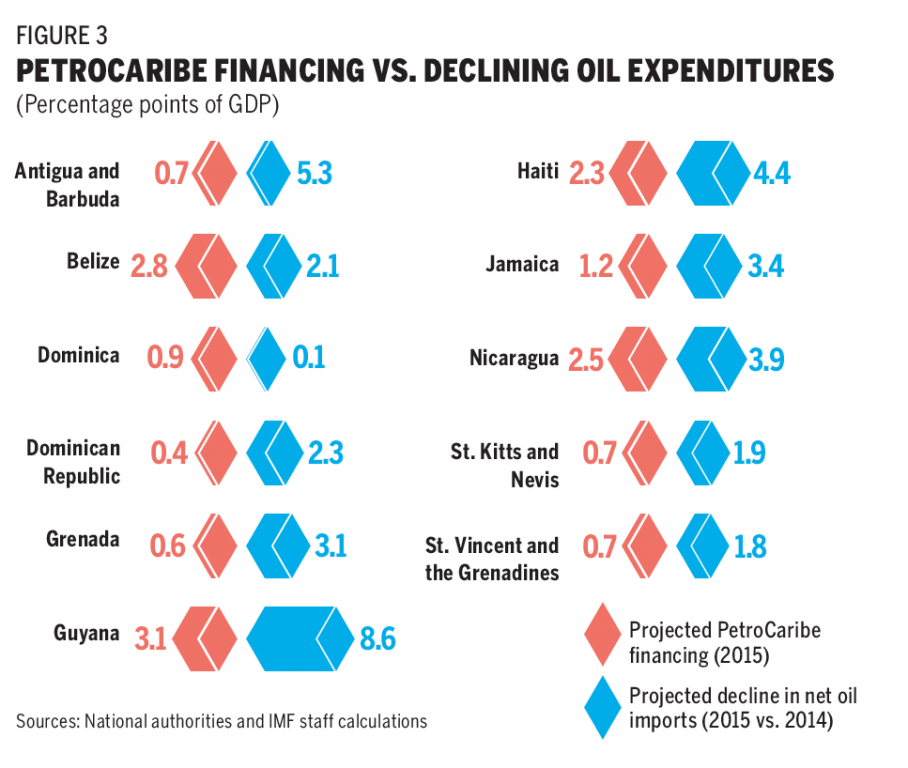
Other recent projects include working with a Latin American government to analyze the country’s competitive position and develop a national strategy for several industry sectors, helping integrate two Latin American banks placed in government receivership in the wake of the global financial crisis, and supporting a Colombian bank as it designed and implemented a new commercial model.Īndres serves on the boards of a number of nonprofit organizations that focus on education, economic development, and social services in his native Colombia. He recently helped a Latin American government create a strategic plan and set measurable targets for job creation, poverty alleviation, and reduction of street crime. Since joining McKinsey in 1997, Andres has led more than 250 client projects, with a focus on national and local governments, multilateral organizations, financial institutions, and consumer-goods companies. He is a member of the McKinsey Global Institute Council, which advises MGI research on global economic, business, and technology trends, and directs the firm’s work in Latin America on sustainable cities and economic development. The region could grow old before it becomes rich.Andres leads McKinsey’s Strategy & Corporate Finance, Financial Services, and Public Sector Practices in Latin America and heads the McKinsey Center for Government in the region. The region has only a narrow window of demographic opportunityóby the second half of this century, the region will see dependency ratios rising.

Action to reform and develop not only these cities but rapidly growing medium-sized cities is urgent if Latin America is to create the more productive jobs in the formal economy to meet the aspirations of todayís young workforce. Many of the largest cities are grappling with traffic gridlock, housing shortages, and pollution, all symptoms of diseconomies of scale. This new research, conducted by the McKinsey Global Institute, finds that cities will be critical to the regionís economic performance, but Latin America has already reaped the easy gains from urbanization.

The regionís 198 large cities (with 200,000 or more inhabitants) together contribute over 60 percent of GDP today the ten largest cities alone generate half of that output. Description: Latin America is the most urbanized region in the developing world.


 0 kommentar(er)
0 kommentar(er)
